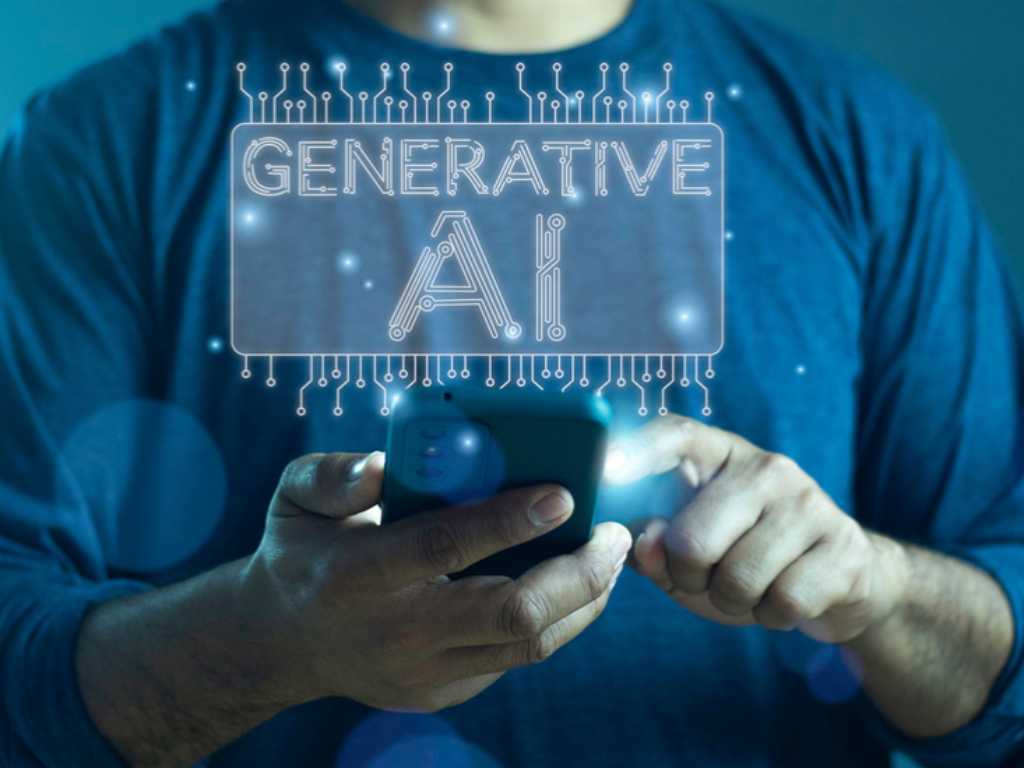In this contributed article, Chris Peake, Chief Information Security Officer (CISO) and Senior Vice President of Security at Smartsheet, explores how the role of CISOs is evolving to address new security challenges posed by generative AI. The article underscores the importance of collaboration and adaptability to keep organizations secure as AI is expected to continue to reshape cybersecurity in 2025.
AI in Construction: Tackling Fragmented Data with Intelligent Solutions
In this contributed article, Omar Zhandarbekuly, co-founder at Surfaice.pro, explores how AI —particularly knowledge graphs, generative AI, and agentic AI—can bridge these gaps, transforming construction processes into streamlined, intelligent standalone systems.
AI’s Impact on Data Centers: Driving Energy Efficiency and Sustainable Innovation
In this contributed article, Joe Reele, Vice President, Solution Architects at Schneider Electric, discusses the challenges and innovations in data center design driven by AI advancements and discusses the implications for energy consumption, infrastructure, and technological evolution.
Why Trust is the Foundation of AI Content Production
In this contributed article, Joshua Ray, founder and CEO of Blackwire Labs, discusses how AI is ushering in a new era of productivity and innovation, but it’s no secret that there are urgent issues with the reliability of systems such as LLMs and other forms of AI-enabled content production. From ubiquitous LLM hallucinations to the lack of transparency around how “black box” machine learning algorithms make predictions and decisions, there are fundamental problems with some of the most widely used AI applications. This hinders AI adoption and generates resistance to the technology.
Embracing AI Devices in the Workplace: Navigating the Ethical Challenges
In this contributed article, Mary Giery-Smith, Senior Publications Manager for CalypsoAI, believes that by developing a culture grounded in responsible AI use, businesses can sidestep unintended pitfalls and build a workplace that values ethical integrity as much as innovation.
Harnessing AI in Agriculture
In this contributed article, Sarah Schinckel, director of emerging technologies in the Intelligent Solutions Group (ISG) at John Deere, discusses how AI is being harnessed in agriculture. The piece also offers considerations for leaders as AI is integrated across industries.
How Generative AI is Shaping the Next Wave of Innovation
In this contributed article, Harikrishna Kundariya, co-founder, Director of eSparkBiz Technologies, discusses how generative AI is emerging as a revolutionary technology that is simplifying as well as reducing the cost of doing business across sectors. Generative AI is the new innovation after the Industrial Revolution that is going to bring remarkable changes in every aspect of the overall business environment.
AI Hallucinations Are Inevitable—Here’s How We Can Reduce Them
In this contributed article, Ulrik Stig Hansen, President and Co-Founder of Encord, discusses the reality – AI hallucinations aren’t bugs in the system—they’re features of it. No matter how well we build these models, they will hallucinate. Instead of chasing the impossible dream of eliminating hallucinations, our focus should be on rethinking model development to reduce their frequency and implementing additional steps to mitigate the risks they pose.
Chatbots Walked So AI Concierges Could Run
In this contributed article, Dr. Peter Graf, SVP of Strategy at Genesys, imagines a world where an AI-powered concierge can navigate complex customer support requests on your behalf. He believes the chatbots we’re familiar with today are paving the way forward for these concierges to become a reality.
The Role of AI in Customizing the Driving Experience
In this contributed article, Boaz Mizrachi, Co-Founder and CTO of Tactile Mobility, discusses how AI and machine learning are redefining the driving experience by personalizing every aspect of vehicle interaction, from tailored comfort settings to predictive maintenance. These technologies enable cars to adapt in real time to driver preferences and behaviors, making driving more intuitive, enjoyable, and safe.











